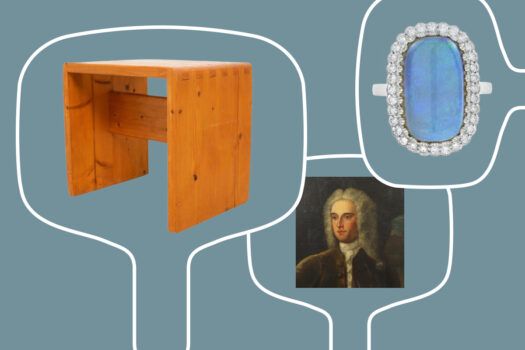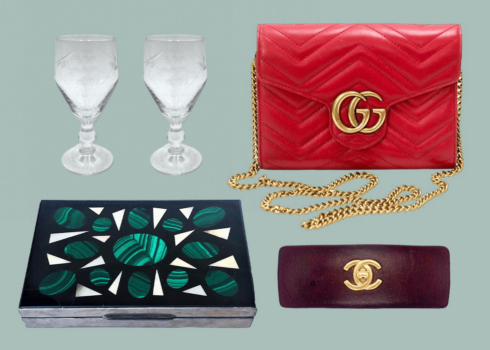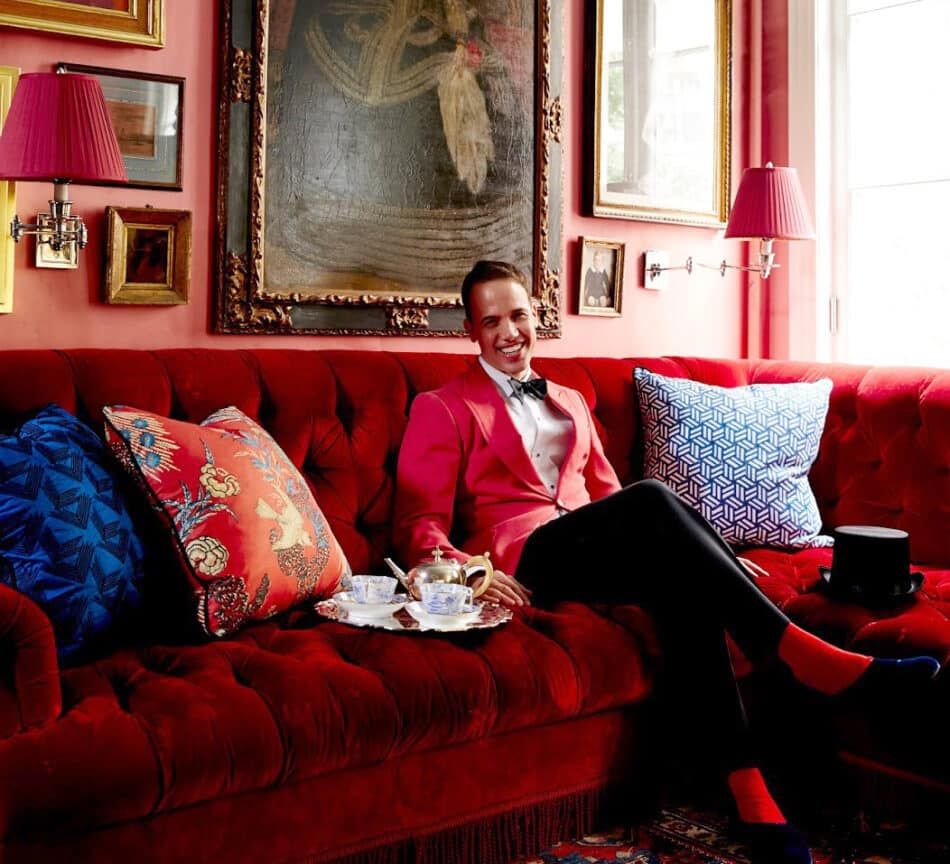
Given the thrill of victory, the agony of defeat and the sheer adrenaline rush, few shopping experiences are as exhilarating, or as entertaining, as an auction.
For designers, these sales present the chance to secure that one-of-a-kind objet that will make them a hero in the eyes of their clients. But for others, the joys and advantages may be less obvious. With that in mind, we asked some of our favorite designers what they love most about shopping at auction, their tricks for bidding success and their tips for skirting the avoidable mishaps that have befallen them.

First and foremost, the risk-reward ratio makes participating well worth the effort, insists Andrew Torrey, of New York design firm BA Torrey. “Shopping at auction isn’t for the faint of heart,” he admits, “but you can really find amazing deals and incredible opportunities.”
Not surprisingly, it’s the chase that has Torrey hooked. “I love the hunt!” he says. “Finding a needle in the proverbial haystack is just thrilling. But once you find it, you have to worry yourself to death about whether you’ll win it or not. It’s exhausting but exhilarating at the same time.”
Designer Miles Redd, of New York firm Redd Kaihoi, points to the potential for exciting surprises. Take the clock he recently purchased that turned out to have an extraordinary and completely unexpected provenance — proof that not all great finds can be identified as such from their descriptions.
“When I picked it up, there was a letter from the clockmaker to [legendary interior designer] Albert Hadley explaining how to assemble the clock, and there were these instructions for Albert to give to his client,” Redd relates. “To me, that is the beauty of auctions. You uncover all of these incredible stories. It’s just a slice of history, which I love.”
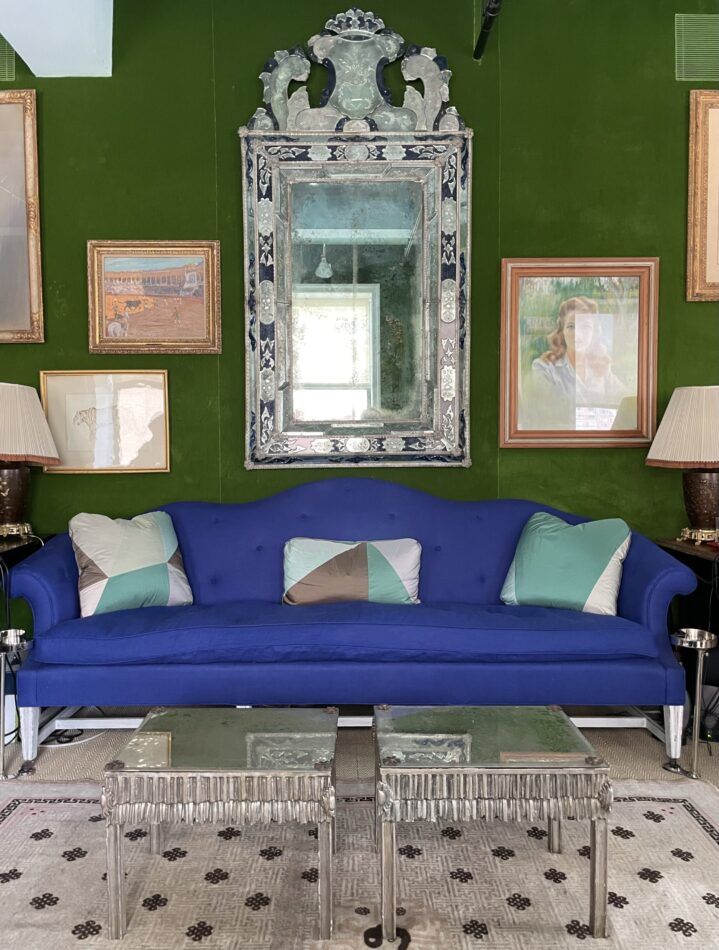
Redd notes that auctions can also be great places to acquire items that make a big impression for a comparatively small price. “I bought a Venetian mirror at auction that’s large scale,” he says. “It’s hanging in my office, and everyone who walks in just kind of goes, ‘Wow!’ ”
Like Redd, Los Angeles designer Mary McDonald cites a recent auction acquisition as one of her best gets: an eight-foot-tall painting by a student of John Singer Sargent, McDonald’s favorite portraitist. “It has the same composition and style as a Sargent,” she reports. “It might be the closest I ever get to owning one!”
Of course, the auction process can yield some sitcom-worthy moments. Torrey recalls “viciously bidding for a pair of Jacques Adnet chairs for a client” completely unaware that the client for whom he was purchasing them was also bidding on the lot, with equal fervor. But all’s well that ends well. Torrey ended up snagging the coveted pieces for a great price, and the client (luckily) got a big kick out of the situation.
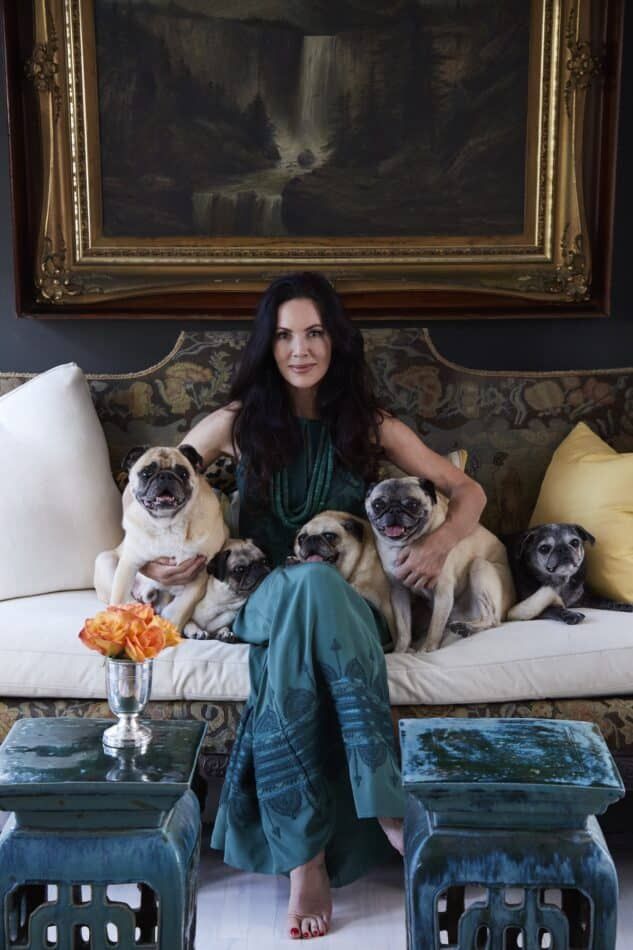
Other comic scenarios can be avoided with a careful read of an item’s condition and description, as McDonald can attest. “I once bid on some French chairs that were very stylish and seemed very reasonable,” she says. Reasonable, that was, until the invoice arrived and clarified that what she had won was actually doll furniture, making the price not such a bargain after all.
On another occasion, McDonald bid on an unusual scarf from the 1950s, or so she thought. “When the package arrived, I realized I had purchased a torn-out magazine advertisement for the scarf,” she laments. “I need to read the fine print more!”
Torrey stresses that the description isn’t the only part of the fine print you need to take into account when shopping at auction. “Don’t forget the buyer’s premium and shipping,” he warns. “They can get you if you don’t factor those into the final cost.” On 1stDibs, of course, there’s never a buyer’s premium, so it’s not a concern.
Speaking of the final cost, McDonald recommends that buyers decide on their maximum bids (including shipping and fees) before venturing into the fray and getting caught up in auction fever. “Bidding can get unintentionally emotional,” she notes. “And you might just bid on things for the sake of winning while someone else bids you up.”
That said, once you’ve settled on the items you want and a budget, be assertive. As Torrey explains, fortune favors the bold. “Be decisive, act fast and don’t be afraid to lose something if you aren’t willing to go the distance.”
Redd, too, advises not to fret about auction losses. “The list of things that I haven’t gotten is endless,” he notes. “And you know what? You win some, you lose some. The thing that auctions have taught me is that there are plenty of fish in the sea, and maybe you just weren’t meant to be the steward of that particular object. Things are meant to be.”
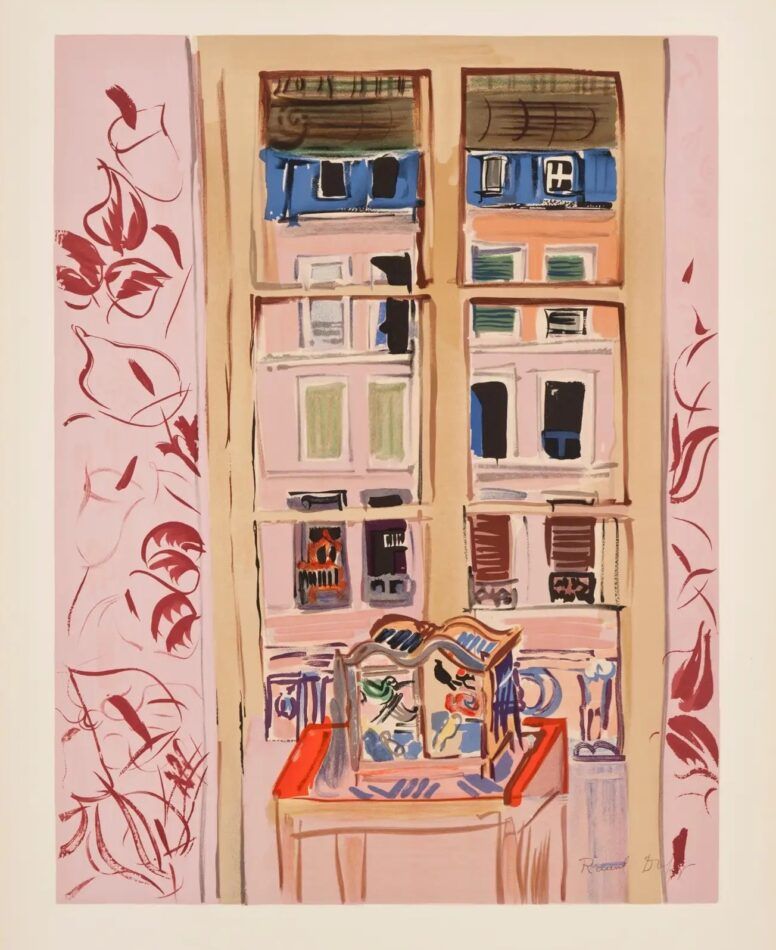
He counsels buyers not to focus solely on marquee items in their quest for a gem. “Pay attention to the things that aren’t highlighted, because that’s where the treasures are,” he notes. “You’ll frequently see a portfolio of prints or drawings or paintings or things that haven’t been framed. Some of the best discoveries I’ve made have been hidden in portfolios that go unnoticed, and often you get them at the best prices.”
Of course, every designer has pieces that continue to elude them. “My holy grail auction item is the valet Paul Dupré-Lafon designed for Hermès in the 1930s,” says Torrey. But he remains determined, and the hunt continues. “One day,” he vows. “One day!”





